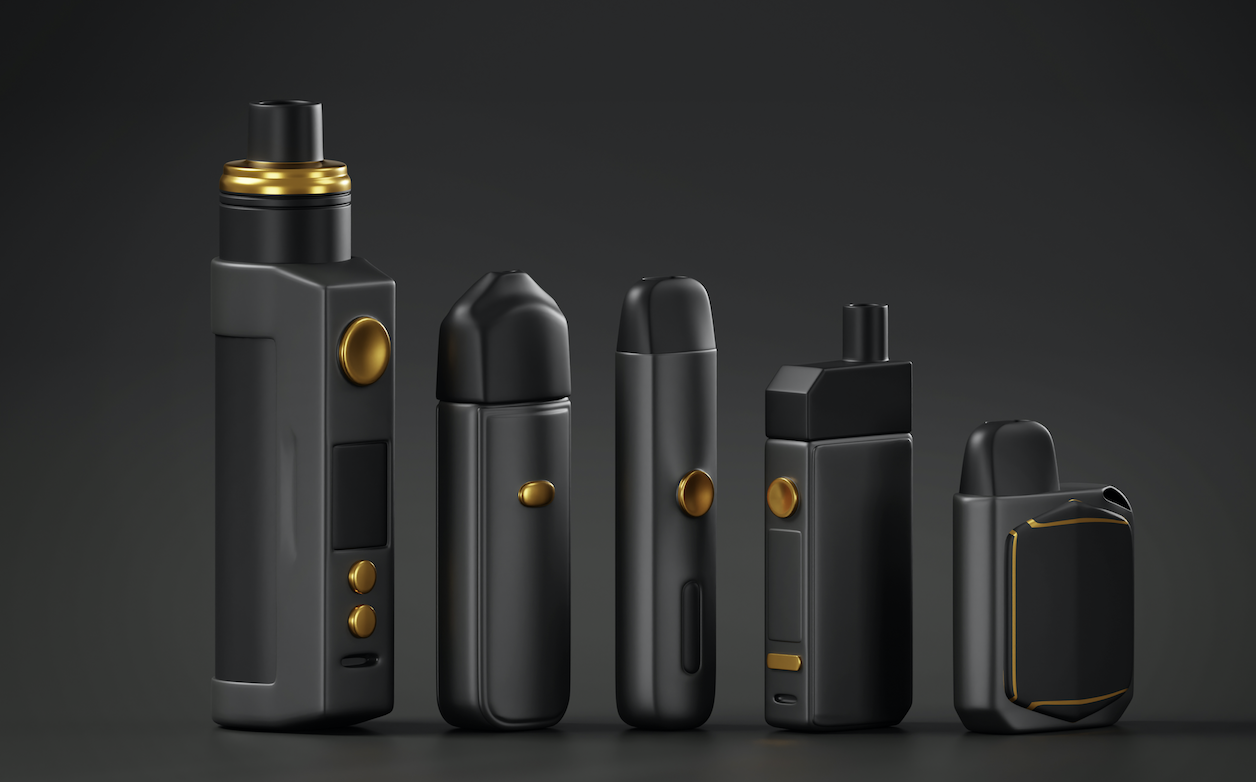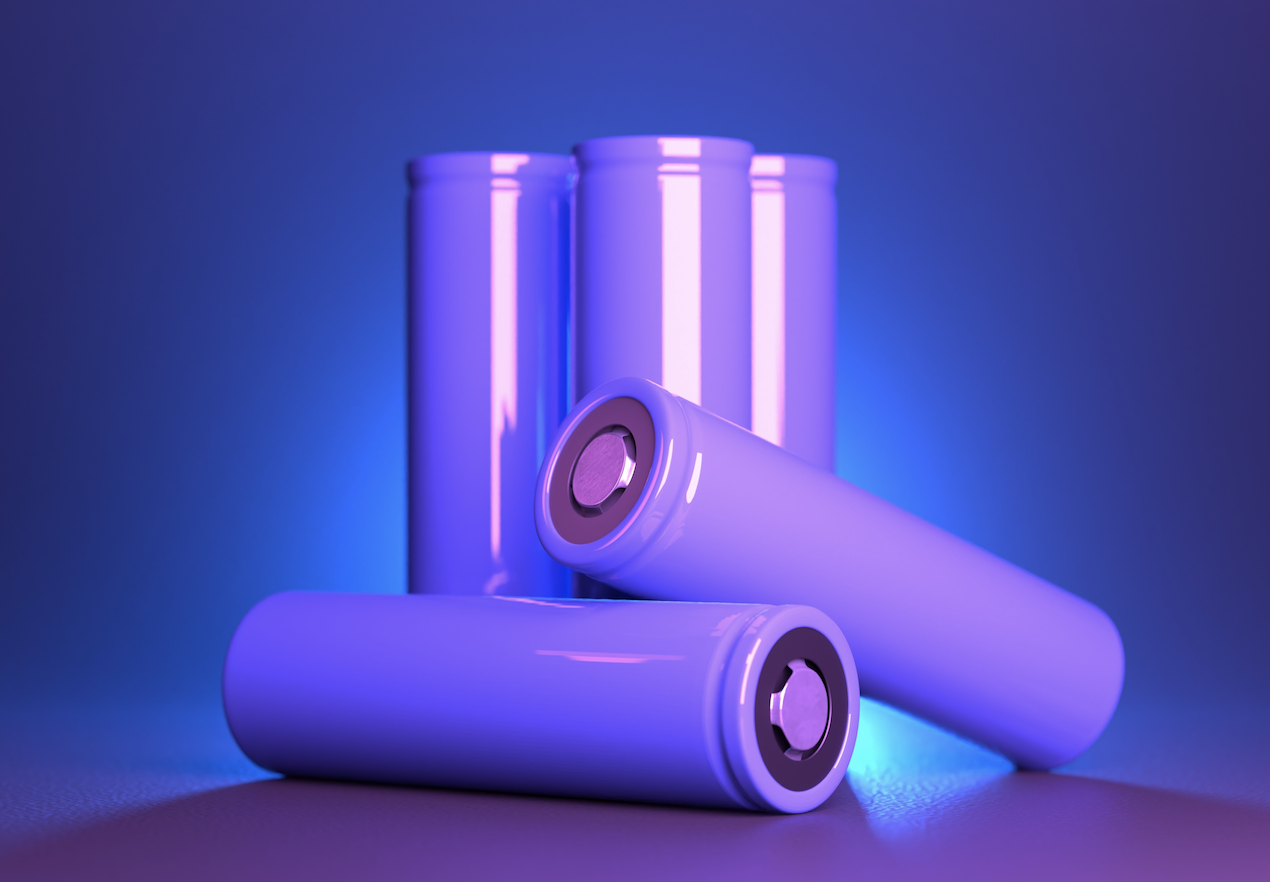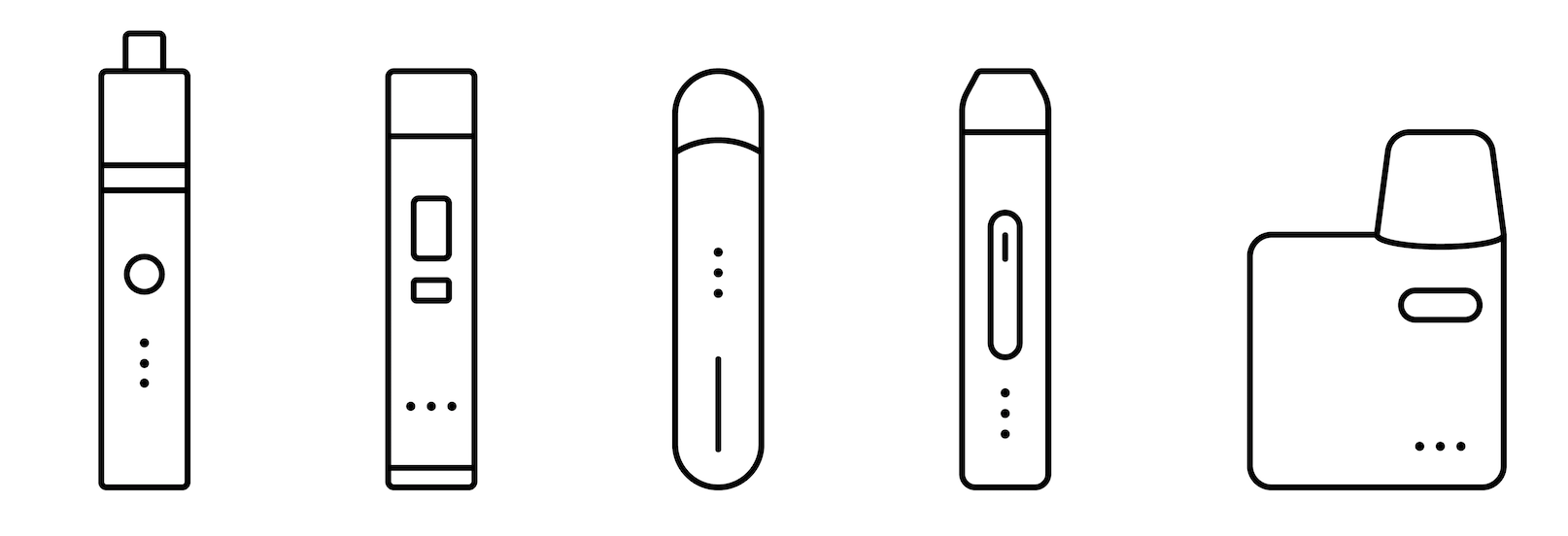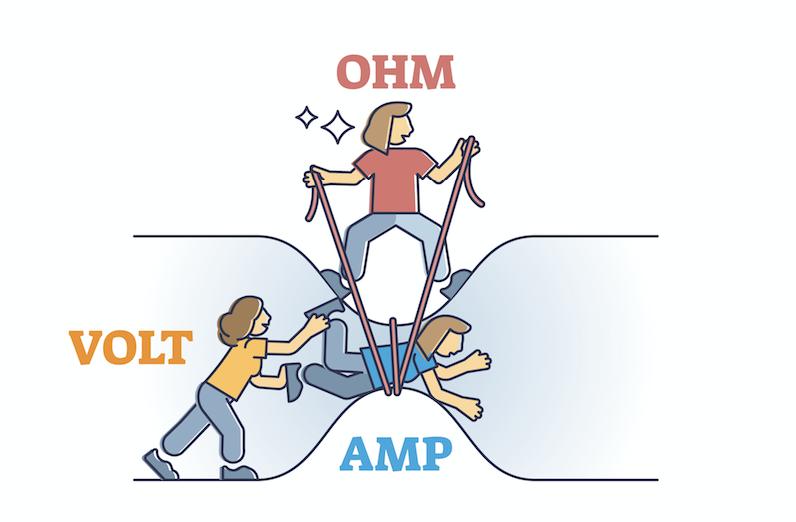The market has seen the introduction of new technologies, leading to an increased preference among vapers for Mouth-to-Lung setups with low-resistance devices. Subtle variations in the materials employed can influence the required wattage, prompting manufacturers to offer more precise coil guidance. Therefore, unless you're crafting your own coils, it's advisable to refer to the manufacturer's guidance, readily available in product manuals and on our website product pages. EjuiceConect online vape shop or its affiliates take responsibility for the ohm you choose to use, these are simply charts to assist you in deciding.
Variable voltage and wattage for vape pens and mod starter kits explained.
The vapor, flavor, and throat hit produced by your coil are not solely influenced by resistance; the power flowing through the coil also plays a crucial role.
Two common types of vape batteries, variable voltage and variable wattage, permit different power levels through the coil. As established, lowering the coil resistance intensifies the vaping experience.
Similarly, you can achieve a heightened experience by increasing the power flowing through your vape device. Despite sounding complex, it usually involves nothing more than pressing an up/down button.
Now, if you desire even more vapor, you can pair a low-resistance coil with higher wattage. However, this approach comes with its challenges. There's an increased risk of burning coils or experiencing a dry hit, leading to a reduction in coil lifespan.

The distinction between variable voltage and variable wattage is akin to the contrast between an automatic and a manual car.
In a variable voltage device, you manually regulate the power (voltage) flowing through your device. The actual energy output depends on how the resistance of your atomizer interacts with the power flowing through it.
On the other hand, a variable wattage device operates differently. Instead of specifying the power flow through the atomizer, you indicate the desired power output (wattage). The variable wattage device automatically adjusts the power going through the atomizer (voltage) to achieve the specified wattage.
In essence, watts denote the power your vape produces, while voltage represents the power applied to the device. As you increase wattage, voltage increases, and vice versa.
Voltage is not the sole factor influencing wattage; the resistance of the coils also plays a crucial role. Lower resistance coils, using more watts, produce enhanced flavor, vapor, and heat at a lower voltage compared to higher-ohm coils.
For instance, a 1.8-ohm coil at 3.7 volts yields approximately 7.3 watts. Changing to a higher resistance coil of 2.8 ohms results in a noticeable reduction in flavor, vapor production, and heat due to lower wattage (around 4.4 watts). Adjusting the voltage is necessary to increase wattage and enhance the vaping experience.
Given that lower resistance coils utilize more wattage, they tend to generate more heat and, consequently, have a shorter lifespan than higher resistance coils.
While variable voltage devices are now relatively rare, many devices display both voltage and wattage. An example is the Innokin SMOK NOVO PRO KIT, a variable wattage device offering 5-30 watts, controlled by a button.
What does the "MAH" in vape batteries mean?
You've likely come across mAh when discussing vapes. mAh holds significance as it quantifies the vape battery's duration. Drawing a parallel to our car analogy,
if voltage is the fuel, then mAh represents the size of the fuel tank—larger tanks equate to longer distances covered before refueling. mAh stands for Milliamps per hour, and we'll delve deeper into that concept below.

What are SUB-OHM vape pens and vaping?
We've observed that by reducing resistance and increasing voltage, we can achieve more vapor, a heightened throat hit, and sometimes an intensified flavor. Sub-ohming takes this a step further by vaping at a resistance of less than 1 ohm.
At one point, sub-ohming was considered pushing the limits of vaping, but the landscape has evolved. While the term "sub-ohm" is still used, it's not as relevant as it once was. Coils below 1 ohm are now commonplace, with 0.8-ohm coils frequently employed for Mouth-to-Lung vaping. Even lower resistance coils, like 0.15 ohms, find use in cloud vaping.
Initially, sub-ohm vaping was reserved for experienced vapers who enjoyed pushing boundaries with rebuildable coils. However, the advent of mass-market vape mods has democratized this practice.
For instance, the VooPoo Drag x2 kit can reach up to 80 watts and utilizes low-resistance voopoo pnp x replacement coils for generating larger clouds of vapor.
While vapers seeking the biggest clouds may still opt for a mechanical mod, it's crucial to note that these lack an electrical safety switch and may pose an increased risk of battery malfunction if not used correctly.

Advanced info voltage, watts & ohms for vape pens
Vape devices utilize uncomplicated circuits comprising a battery, a switch, and a heating coil. The circuit essentially functions as a controlled short, directing the power output from the battery to generate heat.
mAh: A milliampere hour (mAh) corresponds to 1000th of an ampere hour (Ah), both serving as indicators of battery capacity. A higher mAh rating signifies greater capacity. Importantly, mAh solely measures capacity and should not be conflated with power.
Amps: The Amp (short for ampere) quantifies current, defined as 6.241*10^18 electrons (1 Coulomb) per second passing through a point in a circuit.
Voltage: Voltage represents the potential energy between two points in a circuit, with one point holding more charge than the other. This difference in electrical charge is referred to as voltage.
Watts: Watt is a unit measuring the amount of power consumed by an electrical device.

Vaping OHM"s and the laws they follow
Ohm's Law pertains to the calculations used to illustrate the connection between voltage, current, and resistance, encompassing three key variables as outlined below:
- V = Voltage (measured in volts)
- I = Current (measured in amperes or Amps)
- R = Resistance (measured in ohms)
With knowledge of any two of these values, you can determine the third using Ohm's Law:
- V = I x R (Voltage = Current Multiplied by Resistance)
- R = V/I (Resistance = Voltage divided by Current)
- I = V/R (Current = Voltage Divided by Resistance)
For instance, if you are employing a 0.5-ohm coil on a battery providing 4.2 volts, the following calculation reveals the amperage drawn from the battery:
I = 4.2/0.5 = 8.4A
Understanding these principles is valuable for vapers, particularly those crafting their own coils. The formula above proves especially useful, emphasizing the importance of not vaping on a coil without knowledge of its resistance or using a battery with an unknown voltage output.



